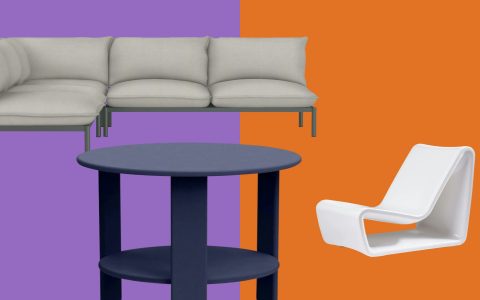The Polyprop Chair: An Overview
A Polyprop chair, short for polypropylene chair, is a seating solution constructed primarily from the thermoplastic polymer polypropylene. It gained widespread recognition following Robin Day's groundbreaking design in 1963, which set a new standard for affordable, mass-produced, and functional furniture.
Core Attributes
- Durability: Polypropylene offers excellent resistance to impact, flexing, and chemical agents, ensuring a long service life.
- Lightweight: These chairs are inherently light, making them easy to move, rearrange, and transport.
- Stackability: Many Polyprop chair designs are engineered to be stackable, allowing for efficient storage and space optimization.
- Cost-Effectiveness: The material and manufacturing processes (typically injection molding) contribute to their affordability.
- Low Maintenance: The non-porous surface of polypropylene is easy to clean and sanitize, requiring minimal upkeep.
- Design Versatility: Polypropylene can be molded into a vast array of ergonomic shapes, styles, and vibrant colors, often with various leg frame options (e.g., metal, wood).
- Weather Resistance: Many formulations are suitable for both indoor and outdoor use, often incorporating UV stabilizers to prevent degradation from sunlight.
Primary Applications
Polyprop chairs are a versatile seating choice utilized across numerous sectors:
- Educational institutions: classrooms, libraries, lecture halls, canteens.
- Healthcare facilities: waiting rooms, consultation areas.
- Hospitality: cafes, fast-food restaurants, event venues.
- Commercial spaces: offices, meeting rooms, breakout areas, conference centers.
- Public and community facilities: halls, waiting areas.
- Residential use: dining areas, patios, children's rooms.







